Image of 1958 Aston Martin Db, sourced from m.youtube.com , Image Link.
Performance Metrics
Fundamental Metrics
Emotional Appeal
MMP Rating
| Engine Specifications | |
|---|---|
| Engine: | DOHC Inline 6 |
| Displacement: | 3.7L |
| Horsepower: | 240-280 hp |
| Torque: | 240 lb-ft |
| Compression Ratio: | 8.2:1 |
| Ignition System: | Coil ignition |
| Cooling System: | Water-cooled |
| Performance Specifications | |
| 0-60 Time: | 8.3 seconds |
| 1/4 Mile Time: | 16 seconds |
| Top Speed: | 140 mph |
| Transmission and Drive | |
| Drive Type: | Rear-wheel drive |
| Transmission Type: | 4-speed manual |
| Fuel and Efficiency | |
| Fuel System Type: | Triple SU carburetors |
| MPG: | 15-20 mpg |
| Dimensions and Brakes | |
| Brakes: | Disc brakes |
| Wheelbase: | 98 inches |
| Weight: | 2,700 lbs |
Note: Specifications for classic cars are given to the best of our ability, considering the limited and variant data available.
Introduction
The 1958 Aston Martin DB2/4 Mk III stands as a paragon of British automotive craftsmanship, a beacon of luxury and performance that has captivated enthusiasts for generations. Born from the storied workshops of Aston Martin, this vehicle emerged during a transformative era for the manufacturer, marking the culmination of the DB2/4 lineage. With its pedigree rooted in racing success and its design honed by the legendary coachbuilder Carrozzeria Touring, the DB2/4 Mk III was not just a car; it was a statement of elegance and engineering prowess. A notable moment in its history is its association with the iconic James Bond character, which although linked more closely with later models, began to forge the bond between Aston Martin and British espionage cool.
Design and Innovation
The exterior of the 1958 Aston Martin DB2/4 Mk III exudes a timeless allure, with its sculpted bodywork and distinctive grille that became a hallmark of the brand. The car's flowing lines and muscular haunches suggest both grace and power, while the craftsmanship evident in every curve reflects the high standards of its makers. Inside, occupants are greeted by sumptuous leather and fine wood veneers, materials that speak to an era where luxury was hand-built. Technologically, it featured advancements like disc brakes on all four wheels—a rarity at the time—and was one of the first production cars to offer such a feature. Color options ranged from subdued hues to vibrant tones, with popular choices including classics like California Sage and Desert White. The most iconic body style is undoubtedly the 2+2 hatchback coupe, though drophead coupes were also available for those desiring open-air exhilaration.
Historical Significance
The DB2/4 Mk III's impact on automotive design is undeniable. It set a new standard for grand tourers, blending performance with luxury in a way few had achieved before. Its introduction of disc brakes signaled a significant shift towards improved safety and performance standards that would eventually become commonplace. This Aston Martin stood apart from its contemporaries with its balance of practicality—evident in its 2+2 seating and hatchback design—and outright performance.
Performance and Handling
Underneath its bonnet lay a robust 2.9-liter straight-six engine capable of propelling the DB2/4 Mk III to speeds north of 120 mph—a remarkable feat for its time—with acceleration from 0-60 mph achievable in around 9 seconds. The car's handling characteristics were praised for their precision and responsiveness, allowing it to navigate both winding country lanes and high-speed motorways with equal composure. Drivers often recount the symphonic note of the inline-six engine, a mechanical harmony complemented by tactile feedback through the steering wheel and pedals that connects man and machine.
Ownership Experience
The DB2/4 Mk III found its niche among those who appreciated it as a daily driver as much as those who cherished it as a weekend showpiece or even as a competitive racer in vintage events. Maintenance can be demanding due to its age and pedigree, requiring specialized knowledge or skilled professionals familiar with classic Astons. Reliability is typical for a well-maintained classic car; when properly cared for, it can be surprisingly robust.
Fun Facts
Aston Martin produced approximately 551 units of the DB2/4 Mk III, making it relatively rare today. Notable owners have included celebrities and royalty alike, adding to its allure. While not setting records in speed or sales when new, it has become highly sought after in classic car circles for its beauty and driving dynamics.
Collector's Information
In today's market, a well-preserved 1958 Aston Martin DB2/4 Mk III can command prices well into six figures, with exceptional examples reaching even higher sums. Rarity and condition significantly influence value; however, as appreciation for classic Astons grows, so too does their potential investment return.
Conclusion
The 1958 Aston Martin DB2/4 Mk III remains an emblematic figure within automotive history—a testament to design brilliance and mechanical innovation. It embodies an era when cars were more than mere transportation; they were expressions of identity and ambition. For collectors or enthusiasts alike, owning such an iconic piece of motoring heritage is akin to preserving a chapter of artistry on wheels.
1958 Aston Martin Db Catalog of Parts
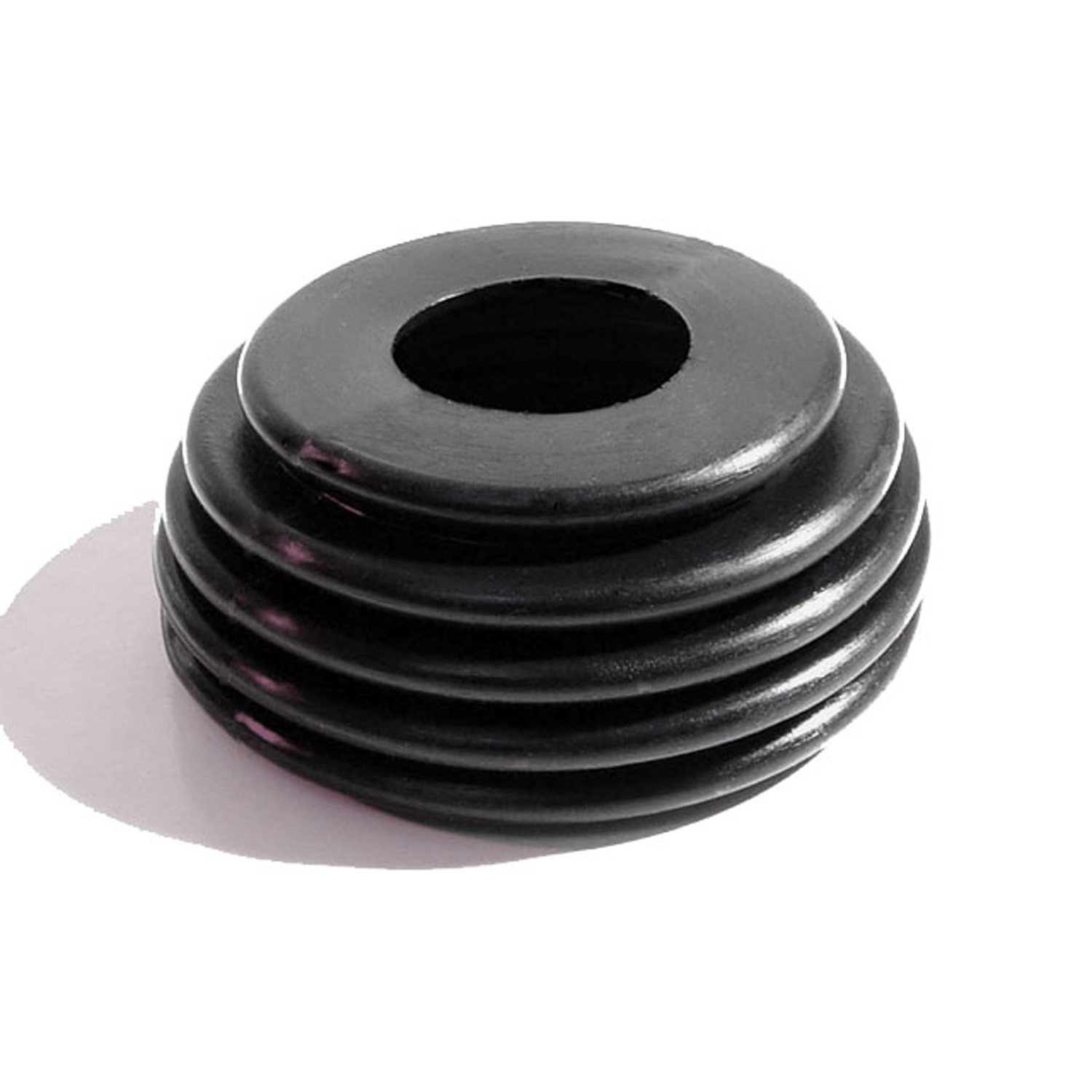 1958 Aston Martin DB Steering Column Dust Seal at Firewall-BL 5Steering Column Dust Seal at Firewall. 1-1/8" wide hole at top, 4-1/2" O.D. at base. Replaces AM part #50999. Each
1958 Aston Martin DB Steering Column Dust Seal at Firewall-BL 5Steering Column Dust Seal at Firewall. 1-1/8" wide hole at top, 4-1/2" O.D. at base. Replaces AM part #50999. Each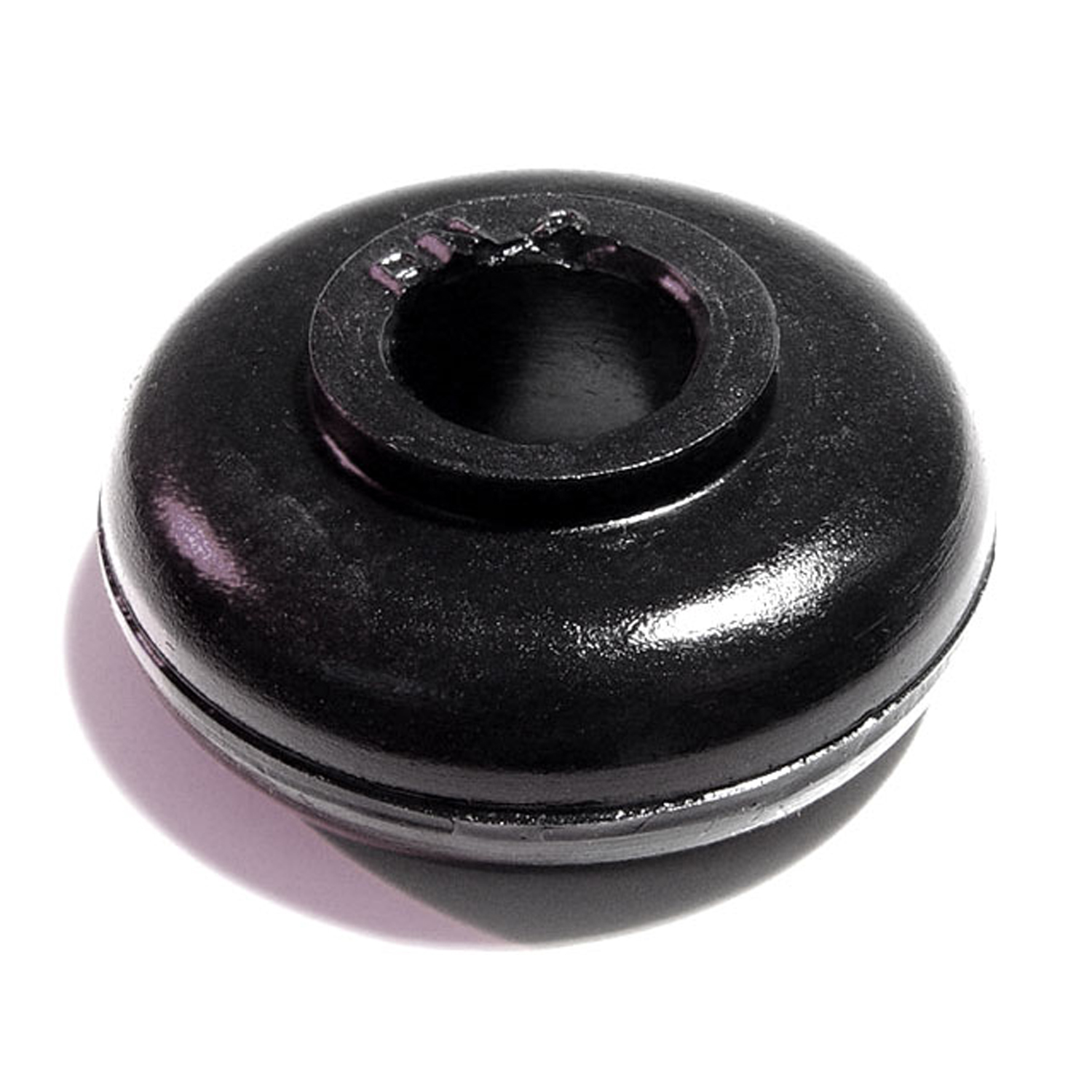 1958 Aston Martin DB Roll Bar Bushing. 1/2" high, with 1/2" hole. Each-BN 2Roll Bar Bushing. 1/2" high, with 1/2" hole. Each
1958 Aston Martin DB Roll Bar Bushing. 1/2" high, with 1/2" hole. Each-BN 2Roll Bar Bushing. 1/2" high, with 1/2" hole. Each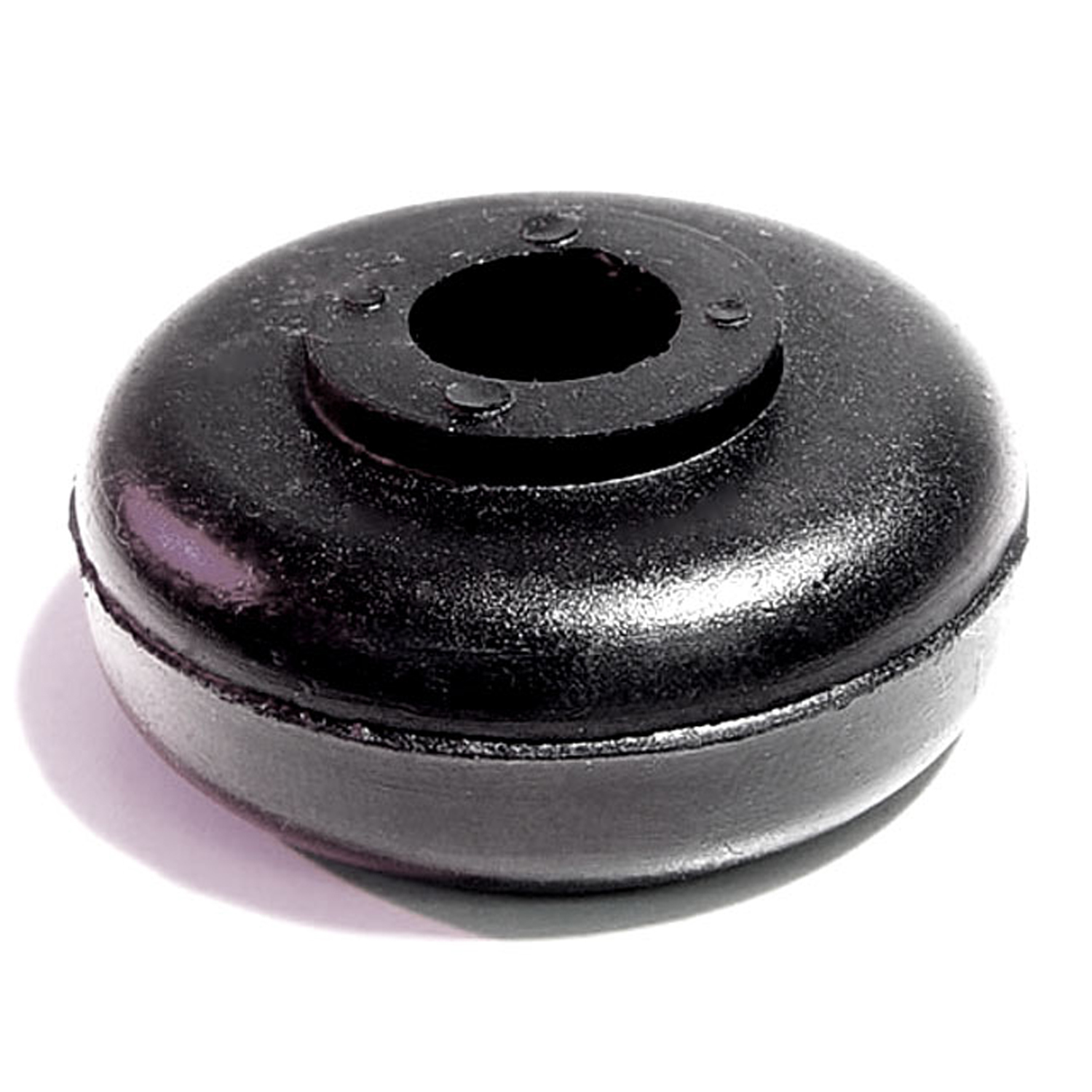 1958 Aston Martin DB Shock Grommet. 9/16" high, 3/8" hole. Each-BN 2-AShock Grommet. 9/16" high, 3/8" hole. Each
1958 Aston Martin DB Shock Grommet. 9/16" high, 3/8" hole. Each-BN 2-AShock Grommet. 9/16" high, 3/8" hole. Each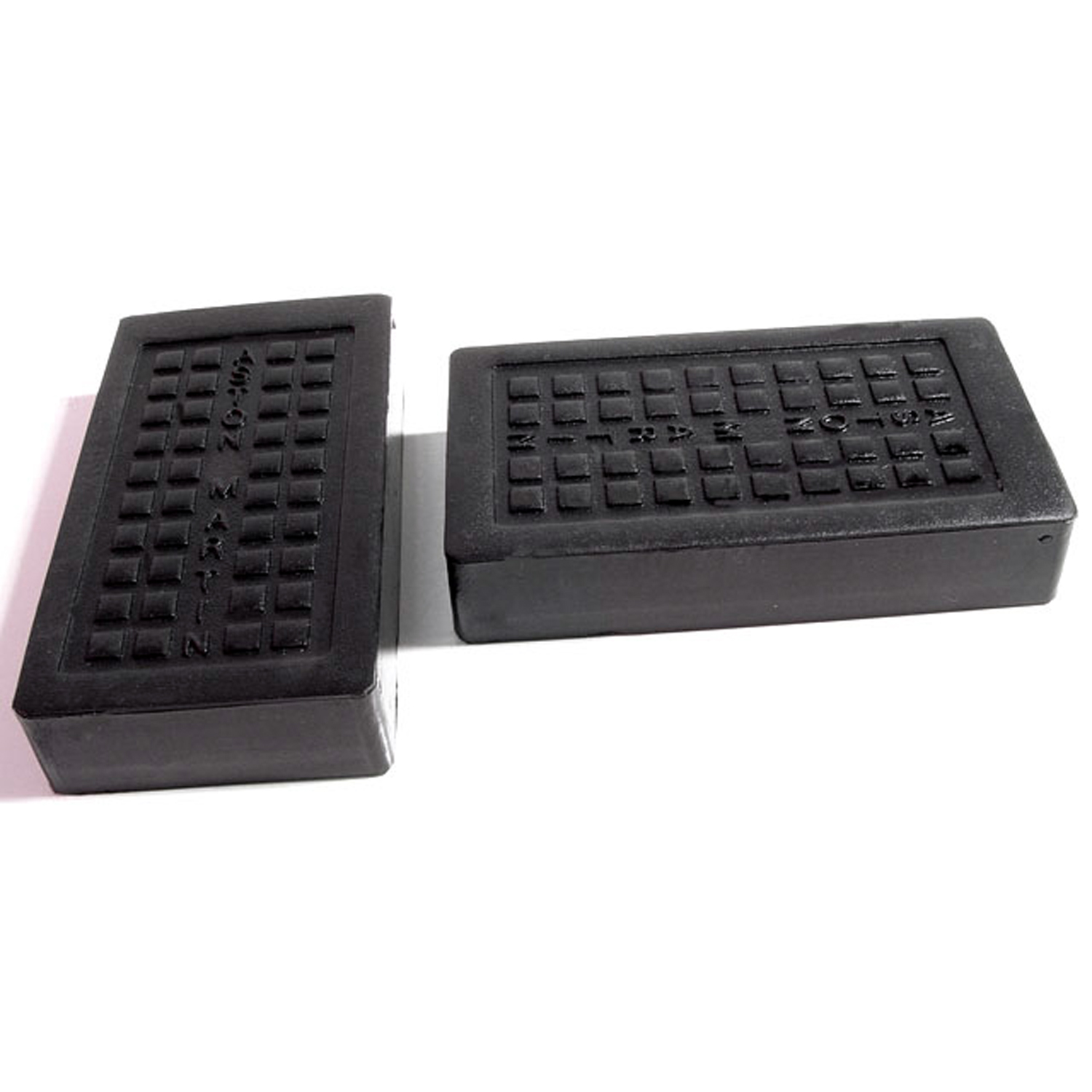 1958 Aston Martin DB Clutch and Brake Pedal Pads. Perfect reproduction-CB 175Clutch and Brake Pedal Pads. Perfect reproduction. 1-3/4" wide X 3-1/4" long. Pair
1958 Aston Martin DB Clutch and Brake Pedal Pads. Perfect reproduction-CB 175Clutch and Brake Pedal Pads. Perfect reproduction. 1-3/4" wide X 3-1/4" long. Pair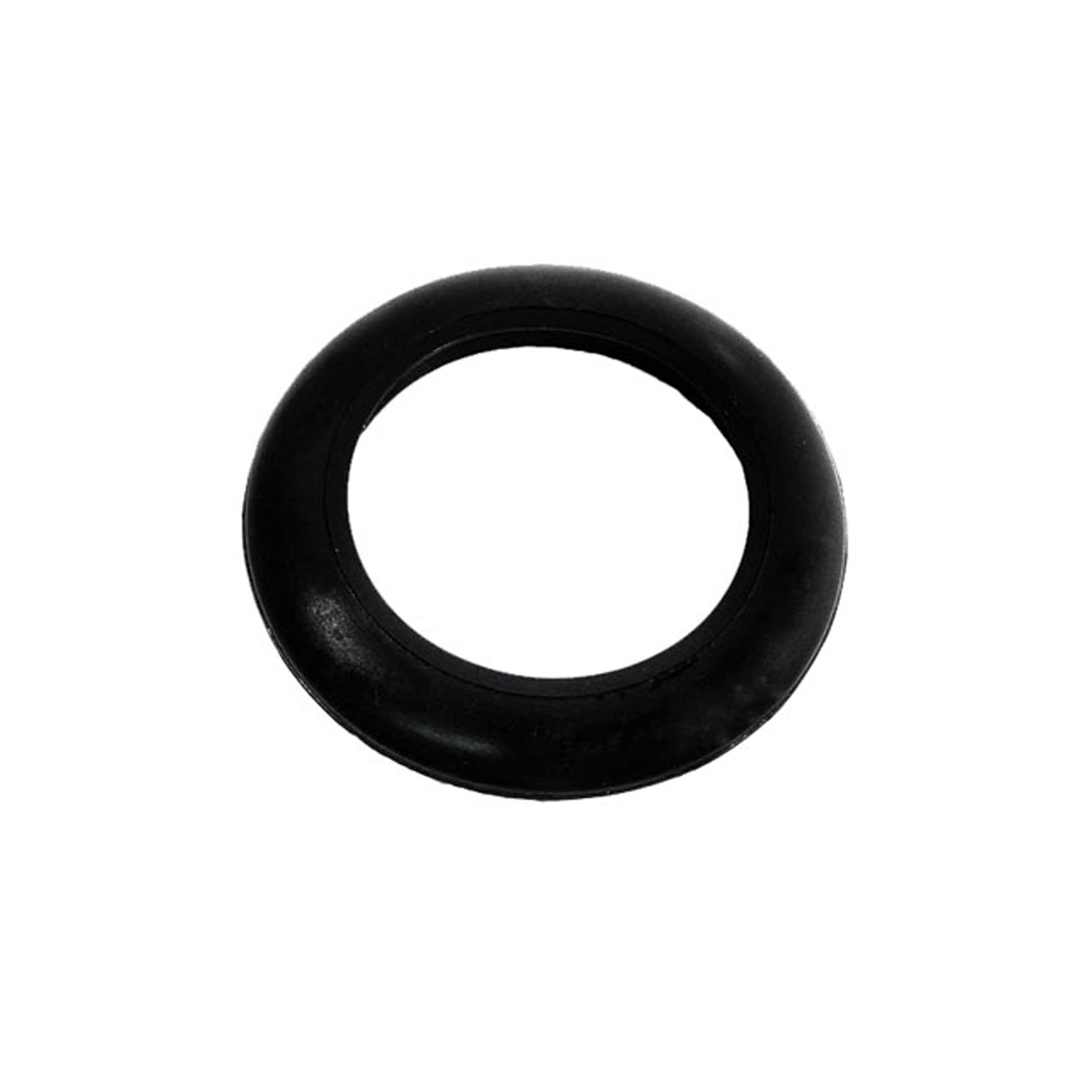 1958 Aston Martin DB Front Brake Caliper, Dust Excluder. For V-8 models-DE 10Front Brake Caliper, Dust Excluder. For V-8 models. 2-1/8" I.D., 3-1/4" O.D. Each
1958 Aston Martin DB Front Brake Caliper, Dust Excluder. For V-8 models-DE 10Front Brake Caliper, Dust Excluder. For V-8 models. 2-1/8" I.D., 3-1/4" O.D. Each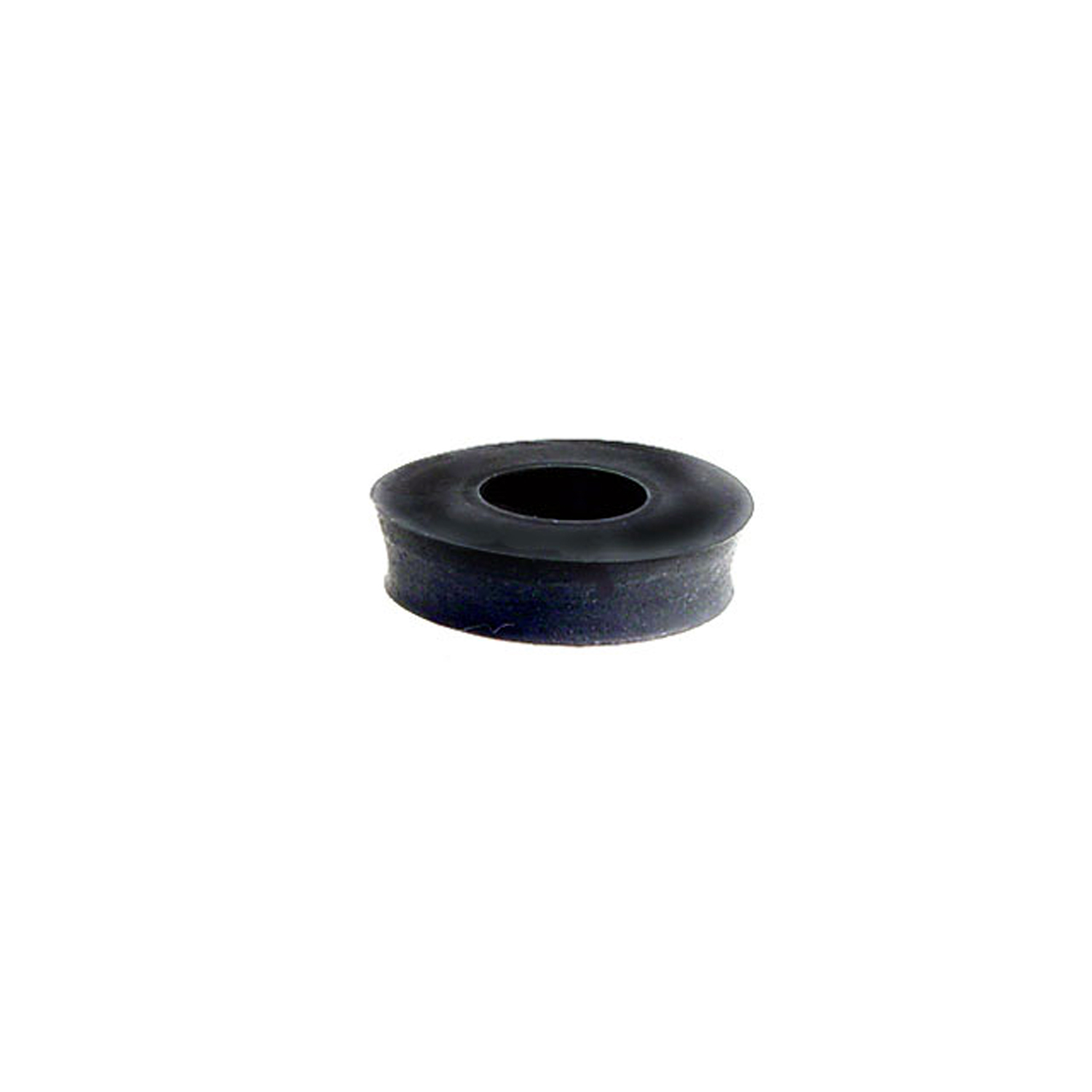 1958 Aston Martin DB Radiator Rod Cushion. 1/4" thick, 3/8" hole, 1" O.D-RA 1Radiator Rod Cushion. 1/4" thick, 3/8" hole, 1" O.D. Eight used per car. Each
1958 Aston Martin DB Radiator Rod Cushion. 1/4" thick, 3/8" hole, 1" O.D-RA 1Radiator Rod Cushion. 1/4" thick, 3/8" hole, 1" O.D. Eight used per car. Each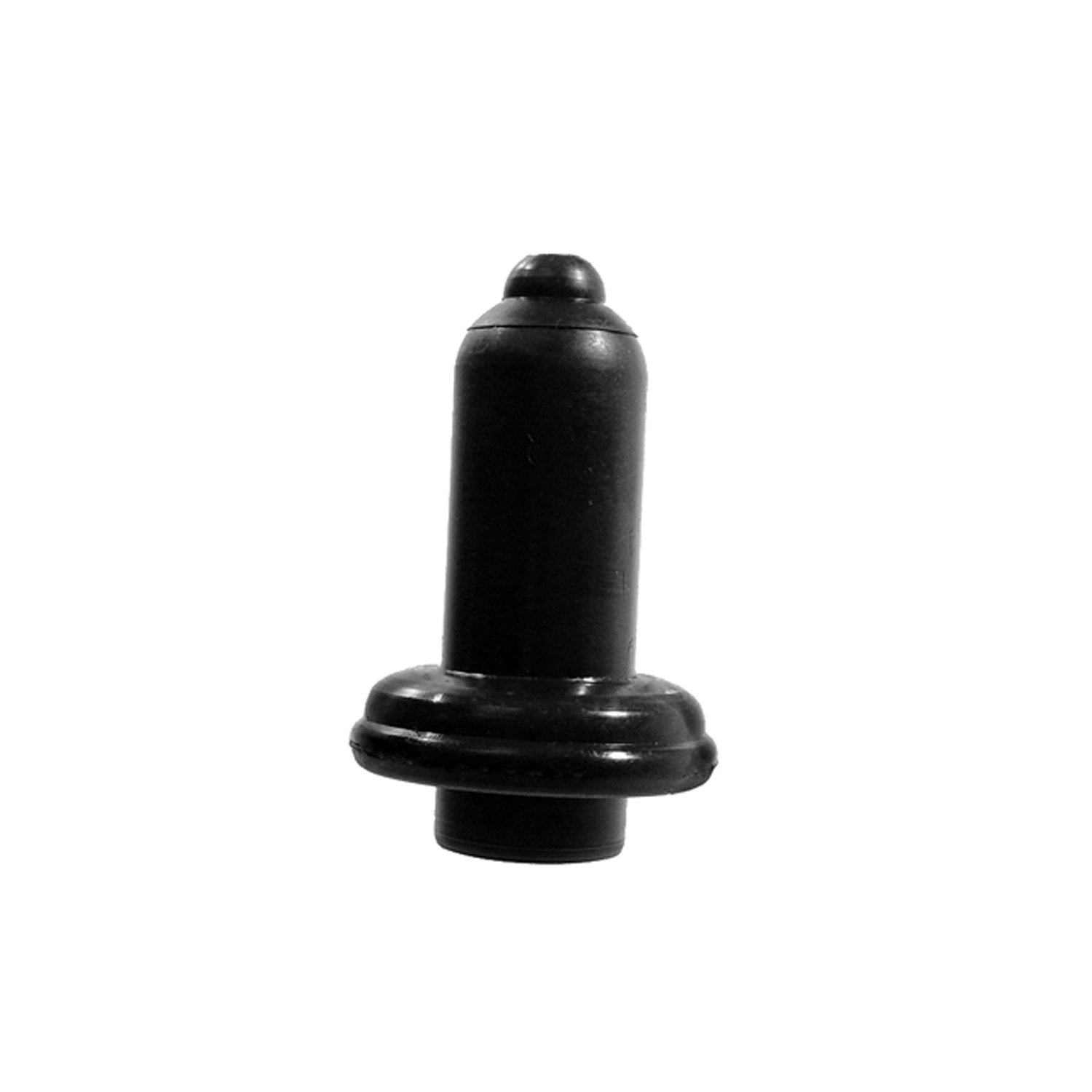 1958 Aston Martin DB Spark Plug Boot. Each-RP 1-ZSpark Plug Boot. Each
1958 Aston Martin DB Spark Plug Boot. Each-RP 1-ZSpark Plug Boot. EachWhy Choose Metro?
For over 100 years, Metro Moulded Parts has been the pinnacle of quality in classic car restoration parts. Our commitment to precision and authenticity in every component ensures a perfect fit and an OEM-level appearance.
- Expert Craftsmanship & Quality: Each part is a testament to our dedication to reliability and perfection, crafted from original designs and thoroughly tested.
- Advanced Technology: We use cutting-edge techniques to create flawless, long-lasting parts that surpass others in performance.
- SuperSoft Sponge – The Ultimate Door Seal: Not only are our door seals 30% softer than competitors', but they're also guaranteed to never leak. They effectively reduce wind and road noise, enhancing your classic car's comfort and driving experience.
- Proudly American: Our parts are a product of American craftsmanship, made in the USA with a spirit of excellence and heritage.
- Unrivaled Warranty: We back our products with a 30-year industry-leading warranty, a testament to our confidence in their quality.
Join us in preserving the legacy of classic cars with parts that are crafted for perfection, not just made.

